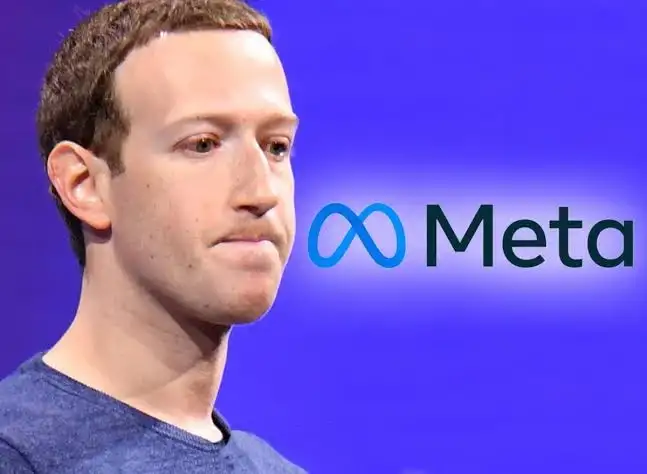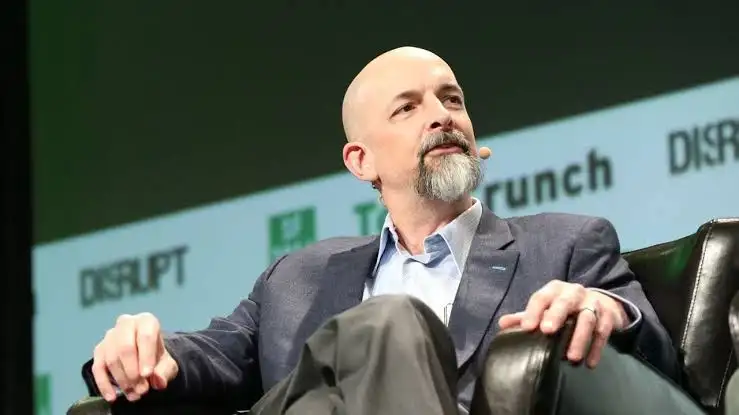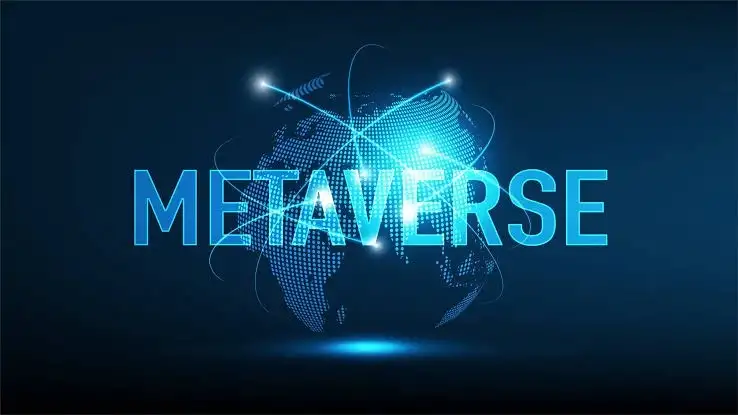A metaverse is a collection of 3D virtual worlds designed to foster social interaction. The word is frequently used in futurism and science fiction to represent a potential iteration of the Internet as a single, universal virtual environment assisted by the usage of virtual and augmented reality headgear. The term "metaverse" was coined as a combination of "meta" and "universe" in the 1992 science fiction novel Snow Crash by Neal Stephenson. Various metaverses, such as virtual world platforms like Second Life, Decentraland, have been created for public use. Some metaverse versions include virtual and physical spatial integration and virtual economies, as well as a strong desire to advance virtual reality technology. The term has been widely used as a marketing buzzword to exaggerate development progress for a variety of related technology and initiatives. Information privacy and user addiction are two issues that metaverses face, and they arise from problems in the social media and video game industries as a whole.

Snow Crash portrays Hiro Protagonist, a ninja sword hacker who travels between futuristic Los Angeles and the Metaverse, a virtual world. Almost 30 years after suggesting the concept, the iconic writer is set to initiate a Blockchain service through Lamina1's concept for a blockchain technology that fulfils Metaverse's original promise. Lamina1 is a Layer-1 blockchain technology designed for the Metaverse with Web3 principles in mind. It is outlined as a bedrock blockchain protocol comparable to the technical, economic, and philosophical origins of the Metaverse idea itself – an open and expansive virtual universe. Over the years, Neal's Snow Crash has become a point of reference in Silicon Valley, that a great deal of engineers, entrepreneurs, futurists, and technopreneurs like the Amazon boss, Jeff Bezos, regard it as a surprisingly accurate picture of today's tech scene. Stephenson's "the Metaverse"—the same type of wireless, online virtual-reality experience that Facebook, Google, Samsung, and almost every other big tech giant are now striving to commercialize—is one of the book's astounding prophetic concepts.

Before the launch of his new company, Lamina, Neal led Magic Leap for 6 years (from 2014 to 2020) as the Lead Futurist. He revealed he’ll be collaborating with Crypto entrepreneur, Peter Vessenes to bring his original idea of the metaverse to life. The startup plans to deploy a testnet and then a betanet later this year. Beyond 2022, the co-founders intend to launch an immersive environment as depicted in Snow Crash, as well as construct infrastructure and release tools to help third-party producers create Open Metaverse adventures at scale. Peter is a pioneer in the cryptocurrency sector, having founded the first VC-backed Bitcoin startup in 2011 and the Bitcoin Foundation in 2012. Peter admits that this will be an opportunity to create anything close to Neal’s vision of the Metaverse as depicted in the novel.

He also made emphasis claiming that the experience will most likely be focused on flat 2D screens instead of VR or AR technologies like headgear and glasses, as suggested by Meta and Microsoft. Tony Parisi, a Metaverse pioneer and former Unity head of AR/VR, will also be on the team as the chief strategy officer. He was also a pioneer in Web3D and virtual reality, co-creator of glTF (the open file format that powers millions of 3D objects), and author of VRML (the first standard for 3D graphics on the web). Advisor Rony Abovitz, founder of Sun and Thunder, Magic Leap, and MAKO Surgical, completes the Lamina1 leadership team.
The internet has changed over time, and the metaverse is the result of that evolution. We live in a period when humanity is undergoing a profound transformation, and our everyday lives are certain to spill over into the metaverse. In Snow Crash, Stephenson's vision of the metaverse was a hyper-capitalist dystopia, which critics of NFTs have equally criticized. Critics have questioned if most artists behind NFT collections are getting their due, pointing to the Ethereum blockchain's carbon footprint. Some metaverse NFT sellers have already made their NFTs useable in metaverse games like apparel and footwear, and more are aiming to enter the domain. A growing number of NFT fans are recognizing the potential to invest in virtual lands on such games and then sell or rent them for a profit. People who have no interest in the metaverse but see it as a financially lucrative realm could invest in the stocks of the companies developing it.

The future metaverse will also be built on the principle of functioning openly, nearly without interruption from a single community or company, because creators will come from all over the world, and more brands will want to build outlets on the broader metaverse, just as they do on the internet now (although the internet is centralized by search engine providers).

